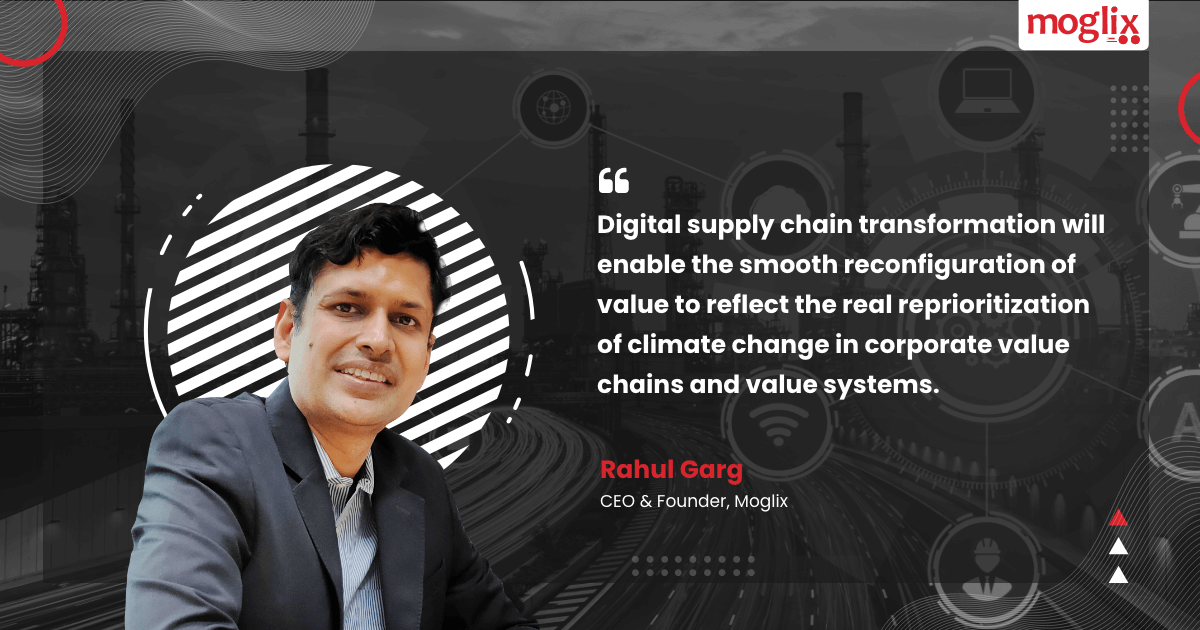Road to the low-cost transition to Net-Zero lies via Value Engineering

The Glasgow Climate Pact has made it clear that there is a universal mandate to get to net-zero emissions. However, each country will have its own timelines and trajectories. Through their regulatory mandates, governments will start clearing out carbon content from the supply chain, making space for green alternatives. Manufacturers will have to roll out innovative solutions with speed and scale to cash in on the opportunities.
Supply chains are subject to the bullwhip effect, where changes and errors accumulated upstream keep amplifying as we travel downstream. The way to accommodate this characteristic of supply chains is to develop digital solutions which allow flexible reallocation of resources and costs in response to real-time carbon emissions.
Optimizing the logistics planning for the delivery of goods for every procurement and distribution transaction is the first step in reducing the carbon footprint. Businesses will have to leverage data to map critical paths, container capacities, and multiple modes of logistics and choose the least cost-green logistics options.
